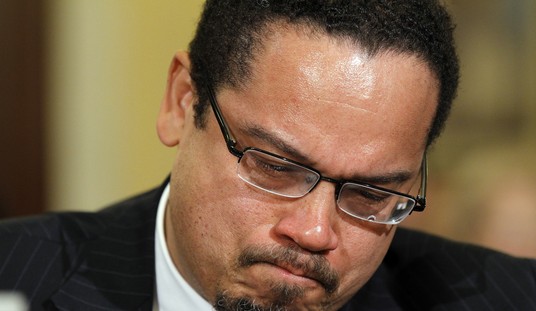One of the biggest takeaways from the October jobs report was that, on a seasonally-adjusted basis, 720,000 people left the labor force, driving the labor force participation rate down to 63.8%, the lowest level since early 1978. Back in that era, far more men than women were active in the workforce as the one-worker/two-adult family was the norm.
Back in early June, I noted that the bulk of the drop in the LFPR was among those under the age of 55, while those 55 and older were participating at historically-high levels. There’s bad news and there’s ugly news on that front.
The bad news is the senior citizens and near-seniors are starting to retire at an accelerated rate. While they are still participating and working at levels higher than they were before the Great Recession, they are no longer setting LFPR records for each month.
The ugly news is those under 55 are continuing to set, for the most part, fresh “modern-era” monthly LFPR lows. Even in the few cases where there have not been October record lows set, each major age group under the age of 55 participated in noticeably lower percentages than they did before the Great Recession and every other year between gender “parity” (ranging from the 1970s for the younger cohorts to 1986 for the 45-49 year olds and 1992 for the 50-54 year olds) and the Great Recession.
Even so, changing demographics, specifically the large and aging Baby Boom generation, the relatively-small Generation X, and the moderately-large Millenial generation do dictate that the overall LFPR necessarily drop. Much as I did for May, I “froze” each major age group’s participation rate and number of employed at the October 2007 level, and recalculated what the number of unemployed in each age group, and thus the unemployment rate for each group, would be.
The reason I limited that chart to those under the age of 55 is because there are more older people participating in the workforce than the projections of extending the 2007 LFPRs. In fact, there are more elderly working than the entire projected workforce, both employed and unemployed.
Taken in the aggregate, I could, and did, effectively “reassign” some jobs worked by the elderly to the younger so that I wouldn’t have to deal with negative unemployment among the elderly. That yields a “baseline” LFPR graph:
When all is recalculated, instead of a 7.0% unseasoned unemployment rate and a 7.3% seasoned unemployment rate for October, adding the under-55 group who dropped out of the workforce back in would result in a 9.3% unseasoned unemployment rate and a 9.6% seasoned unemployment rate for October. That’s not at all good.











Join the conversation as a VIP Member